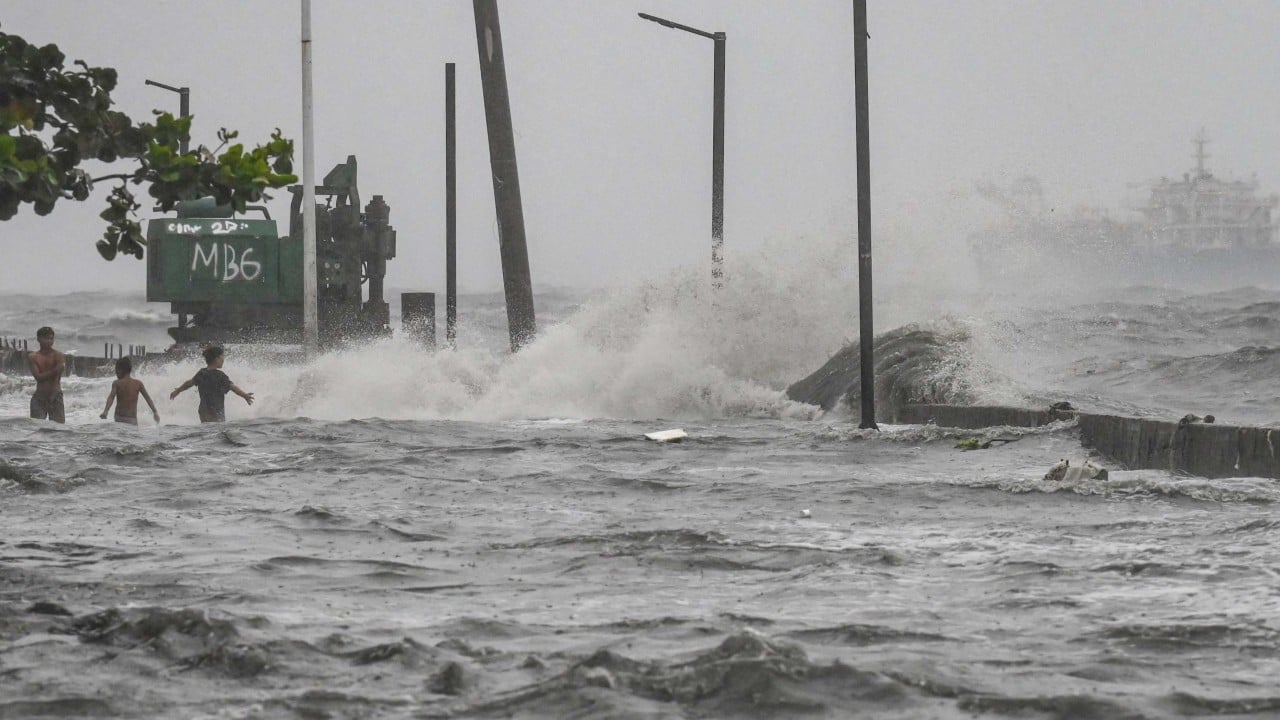Two people were killed as Tropical Cyclone Yagi dumped heavy rains in the Philippines, causing floods and landslides, the national disaster agency and local officials said on Monday.
Chest-deep floods were reported in some affected areas, including the capital Manila, forcing authorities to suspend school classes and government work.
Foreign Exchange trading will halt from noon, the bankers association said. Some local Philippine Airlines Inc. and Cebu Air Inc. flights were cancelled, according to airport authorities.
The disruptions come five days after heavy monsoon rains flooded parts of Metro Manila and other areas of the Philippines. In July, more than 30 people died as Typhoon Gaemi brought floods and landslides.
According to local officials, Monday’s deaths were of a 17-year-old girl and a 26-year-old woman who were buried in separate landslides in Cebu City, about 570km south of Manila. Ten people were also injured from the landslides.
Yagi, called Enteng in the Philippines, is packing maximum sustained winds of 75km (46.6 miles) per hour and gusts of up to 90km/hour, according to local weather bureau Pagasa. The storm may make landfall over Isabela or Cagayan province in northern Luzon this afternoon or tonight, it said.
Moving west, northwestward at 15km/hour, Yagi is expected to accelerate and exit the country by Wednesday evening or early morning on Thursday, Pagasa said.
“It may also reach a peak category of typhoon by Thursday or Friday,” it added.
Sea travel was suspended in eastern and central ports, leaving more than 2,200 passengers stranded, according to the coastguard.
The storm may move towards southern China, according to the US Joint Typhoon Warning Centre.

Later in the week, the storm has “a higher chance to move towards the vicinity of the western part of Guangdong and Hainan Island and further intensify”, the Hong Kong Observatory said on Monday.
Flooding and landslides are expected, Pagasa said. Last week, the government also suspended classes and cancelled flights as heavy rains inundated Metro Manila and nearby areas.
The Philippines is hit by an average of 20 tropical cyclones every year.
The strongest typhoon to ever hit the Philippines was Super Typhoon Haiyan, which killed 6,300 people and displaced more than 4 million in November 2013.
Additional reporting by Bloomberg


